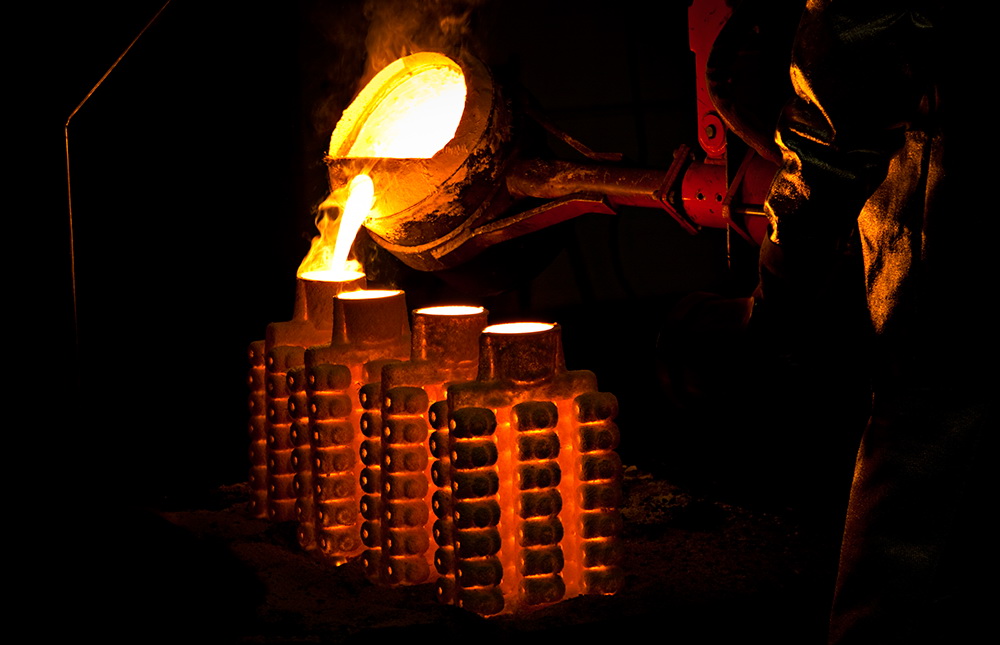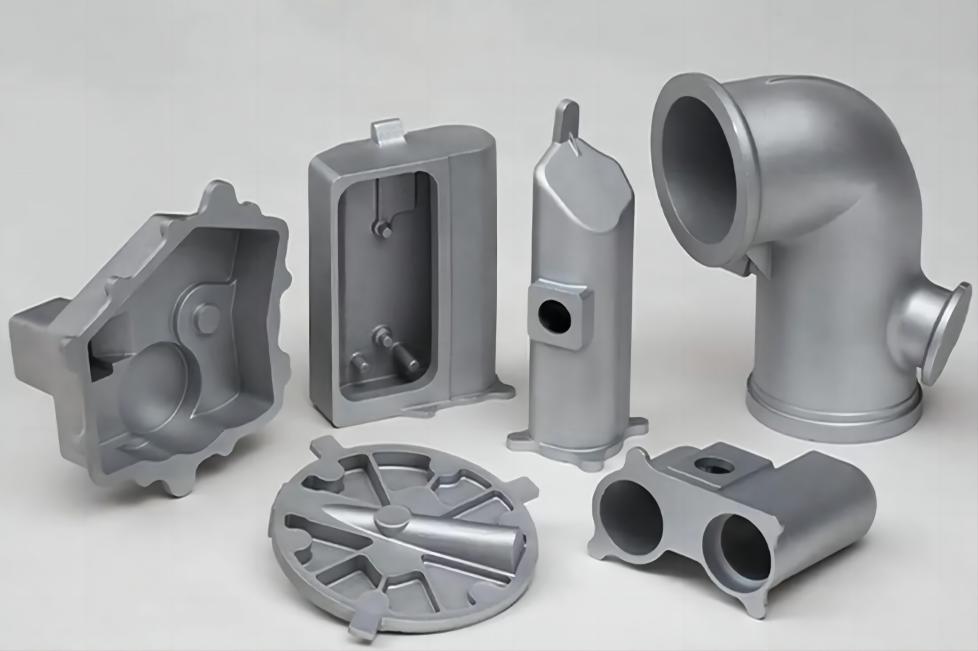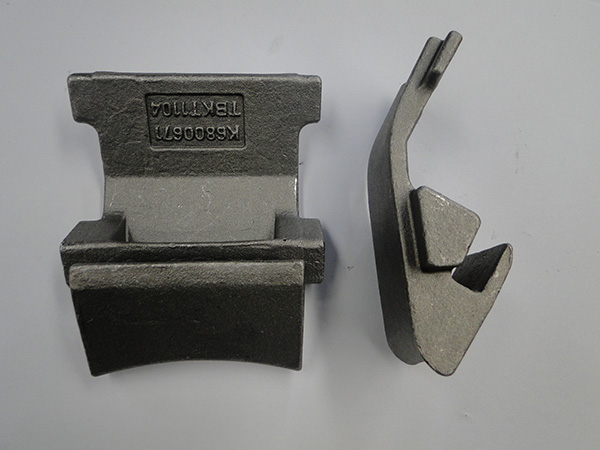What is Silica Sol Process of Investment Casting VS Water Glass Investment Casting and The Differences
Since our silica sol process is a type of lost wax method, and LE-TA has been focusing on silca sol investment casting, and a lot of our customers are confused with silica sol investment casting and water glass investment casting. In this article, we will explain in details of the two process and the differences between silica sol casting and water glass investment casting.
In simple terms, the lost wax method is to first use wax to replicate the object to be cast, then immerse it in a pool of sand/powder and wait for it to dry, so that the wax replica is covered with a layer of sand outer film, and the steps are repeated until the outer film is sufficient to support the casting process, then melt the wax in the mold and remove the mold. After that, the mold needs to be heated several times to enhance its hardness before it can be used for casting. This method has good accuracy, but due to the high price of sand/powder, and the need for multiple heating and complexity in production, the cost is quite expensive.

The surface roughness of the products cast by our factory's silica sol process can reach Ra3.2-6.4. Since the casting blank is almost formed, it can achieve the purpose of no mechanical processing or little processing, which reduces the cost and reduces the production time to a certain extent.
What is Water Glass Casting?
Water glass casting is also called sodium silicate casting. Its casting process is very similar to silica sol investment casting (that is the lost wax investment casting method). It is a technology that uses water glass as the binder for the shell to cast. The process provides a far superior surface finish and dimensional precision to that achieved through sand casting. And more complex shapes can be achieved.
It is particularly suited to larger castings and is cheaper to produce. The raw materials are mainly steel and iron.

Water glass investment casting process

Silica sol investment casting(Lost wax casting)
What's the Difference of Water Glass Process and Silica Sol Process
Another commonly used lost wax casting method is the water glass process. Compared with the castings produced by the silica sol process, water glass has certain advantages in price, that is, it is cheaper. Here is a brief analysis of the differences between the two processes.
Different production processes lead to great differences in the final products. Products produced by silica sol process have higher dimensional accuracy and better surface roughness than those produced by water glass process. Because the back layer retains the water glass binder, the overall high temperature strength and creep resistance of its shell are lower than those of silica sol shell. Its mold baking temperature is limited to below 950℃. After 900℃, the deformation of the shell increases by 30%. The baking temperature of silica sol shell can reach 1000-1200℃, and the shell does not deform before 1000℃. Therefore, the water glass process cannot be compared with the silica sol process in terms of quality and product accuracy.
The Main Differences Between Silica Sol Investment Casting & Water Glass Casting
1. Molding Material: The water glass casting process uses water glass quartz sand as the molding material, which can stand temperature up to 1800 degrees, but it is more expensive than wet clay sand. The silica sol investment casting process uses silica sol zircon sand as the molding material, which can stand temperatures up to 2000 degrees. This molding material is very expensive.
2. Wax Temperature: Silica sol wax is middle temperature, water glass wax is low temperature( which can stand temperature up to 1800 degrees). while silica sol casting uses medium temperature wax which can stand temperatures up to 2000 degrees.
3. Casting material is different. Usually carbon steel apply to water glass casting, however silica sol investment casting can manufacture more materials including carbon steel, stainless steel, high temperature alloy, etc.
4. Casting Surface Quality and Defects
Water glass castings have much better surface smoothness, fewer surface and inside casting defects.
The followings are some photos to show the surface quality of steel castings made by this process. Its surface finish roughness could reach Ra 12.5, the dimensional tolerance could be CT6-CT8:
Silica sol investment castings have very good surface quality, are much smoother than water glass casting, have very few surfaces, and have inside defects.
The followings are some photos to show the surface quality of steel castings made by this process. Its surface finish roughness could reach Ra 3.2-6.3, the dimensional tolerance could be CT4-CT6
5. Differences of Specifications on unit weight and wall thickness differences
Silica sol Investment casting can make casting smaller than 10b, while water glass casting is more suitable for making larger parts.
The following table could be a reference to tell their difference.
| Casting Process | Unit Weight | Size Limitation | Complexity | Wall Thickness |
| Water glass casting | 0.1-100kg | 0.01-0.5meter | Complex | >3mm |
| Silica sol investment casting | 0.1-100kg | 0.01-0.5meter | Complex | >1mm |
6. Casting prices
The mold material costs have caused a very big difference in their casting prices. The water glass quartz sand is cheap, and silica sol zircon sand is very expensive. The investment casting process always costs higher than sand casting for the complexity and preparation needed.
7. Surface Finishing
Surface finish is another big difference between silica sol investment casting and Water glass investment casting.
Silica sol investment casting can create finished parts showing smooth surfaces and low tolerances under the work of pattern. After removing the sprue gate and shot blasting, the casting blank is the final part for delivery.
The water glass casting has less smooth surface than silica sol investment casting. And due to the rough surface of finished cast parts made by water glass process, so additional cost and time will be required in secondary machining for removing the parting line and a more smooth surface.
The Core Advantages of Silica Sol Investment Casting
Finally, let's summarize the core advantages of silica sol casting: the casting surface is good and the dimensional accuracy is high, which saves a lot of surface treatment time and dimensional outsourcing processing. From the perspective of the finished product, it actually reduces the cost.
The choice of process depends on the needs of the customer, but if you choose us, we will not let you down. Our experienced engineering team will guide you on your projects to choose the right process and materials for your project and track the status from project acceptance to completion. Please feel free to contact us if you have such needs.












